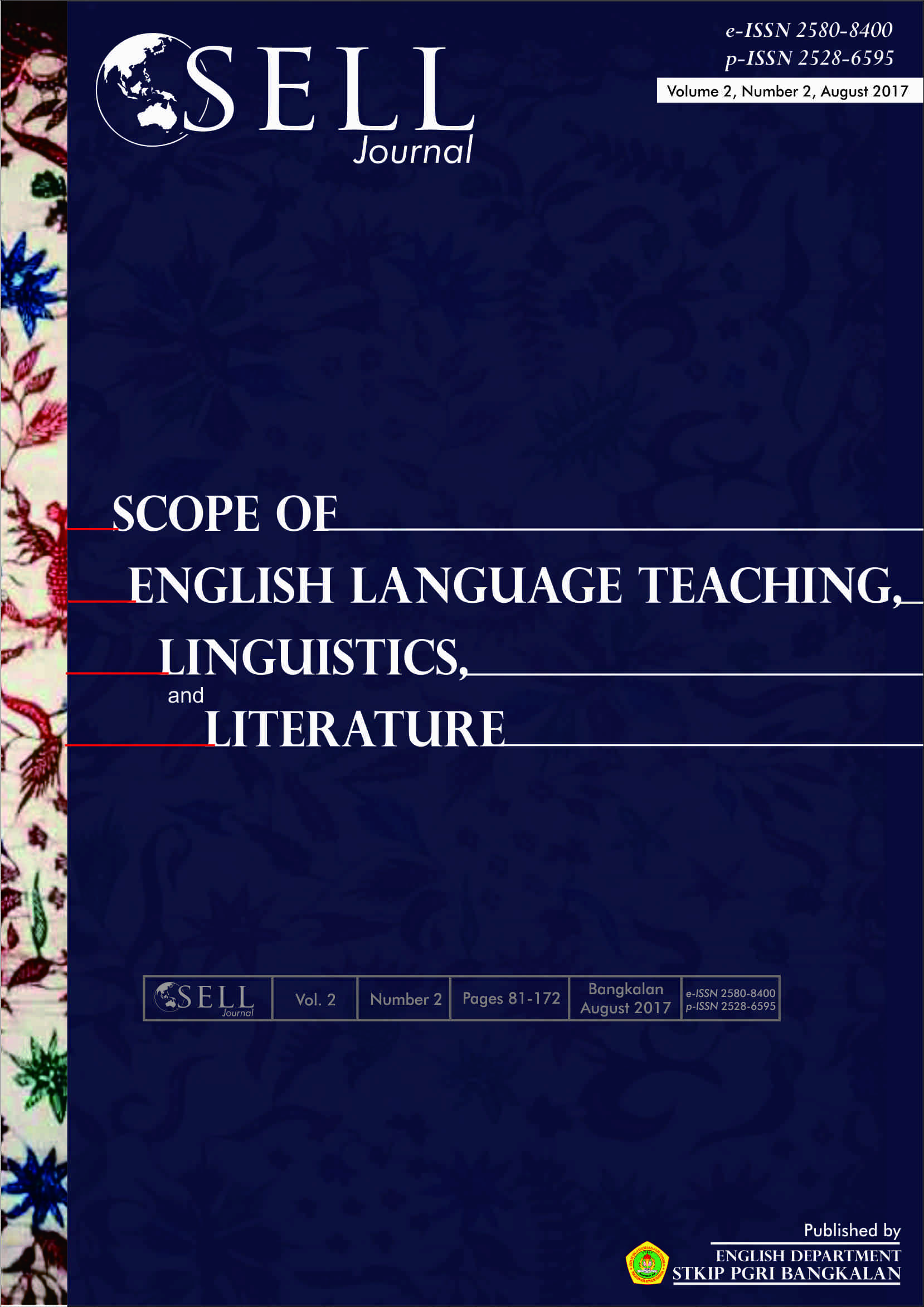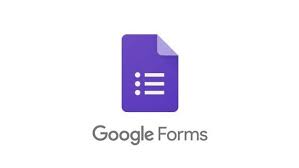The Effectiveness of Madura Local Art-Based YouTube in Teaching Speaking
DOI:
https://doi.org/10.31597/sl.v2i2.519Keywords:
Speaking, Online Media, YouTube, Madura Local ArtAbstract
YouTube is one of the online media used by the people to transfer idea or information. The researcher investigated the use of YouTube which consisted of Madura local Arts in teaching speaking. The philosophy of Madura Traditional dancing were used as the materials in speaking class. The philosophy consists of two aspects, those are: the history of the dancing and the moment held the performances. These things are new for the second semester. There was one class in second semester. The researcher used true-experimental and applied simple random sampling for 66 students into two groups. The way of researcher applied that sampling technique is through students’ attendance list number (even and odd number). The odd number was formed to be a new group. The researcher decided the odd number group as control group and the rest (even number) was an experimental group by throwing the coin. They could listen and watch the videos through YouTube. And the following step was noting the speaking log as the instrument to note what have they watched, made summary and retell. After getting treatment for 3 weeks, the posttest has been analyzed by using SPSS showed that was Ho has been rejected and H1 was accepted. In other words, there was positive effect from using YouTube which consisted of Madura Local Art toward the students’ speaking skill. After conducting pre and posttest, it shown that Madura Local art-Based YouTube was effective to build the students’ speaking skill and it is recommend for further researchers to attempt other Traditional Local Art-Based YouTube
References
Aristriztya, A. (2010). Riset analisis : Efektivitas Penggunaan podcast. Jakarta: Universitas Indonesia.
Arundina, R. U., & Deviningrum, N. (2016). Using movies and YouTube videos as authentic material for economic. the 63rd TEFLIN International Conference 2016 (p. 156). Surabaya: Universitas Adi Buana Surabaya.
Deal, A. (2007). A Teaching with Technology white paper podcasting . United states: Carniege Mellon.
Fraenkel, J. R., & Wallen, N. E. (2009). How to Design and Evaluate Research in Education. New York: McGraw-Hill Companies,Inc.
Hussey, H. D., Jillian, S. L., Beckman, L. M., & Bethany, F. K. (2014). YouTube in the classroom: Helpful Tips and students'perception. The Journal Effective Teaching, 14(3), 21-37.
janvasa, A. S., Javidi, & Jelyani, A. (2014). impact of Captionned Movies on Listening Comprehension. International journal of education & Literacy studies, 2(2), 82-86.
Miller, M. (2010). Sams Teach Yourself. YouTube in 10 Minutes. United Stated America: Pearson Education,Inc.
Robert, S. (2012). Kearifan Lokal: hakikat, peran dan metode tradisi lisan. Jakarta Selatan: Asosiasi Tardisi Lisan.
Sibarani, R. (2012). Kearifan Lokal: hakikat, peran, dan metode tradisi lisan. Jakarta Selatan: Asosiasi Tradisi Lisan.
Downloads
Published
How to Cite
Issue
Section
License
1. Copyright of this journal is possession of Editorial Board and Journal Manager, by the knowledge of author, whilst the moral right of the publication belongs to the author.
2. Legal formal aspect of journal publication accessibility refers to Creative Commons Atribution-ShareAlike (CC BY-SA), implies that this license lets others remix, adapt, and build upon your work even for commercial purposes, as long as they credit you and license their new creations under the identical terms. This license is often compared to “copyleft” free and open source software licenses.
3. Every publications (printed/electronic) are open access for educational purposes, research, and library. Other that the aims mentioned above, editorial board is not responsible for copyright violation















